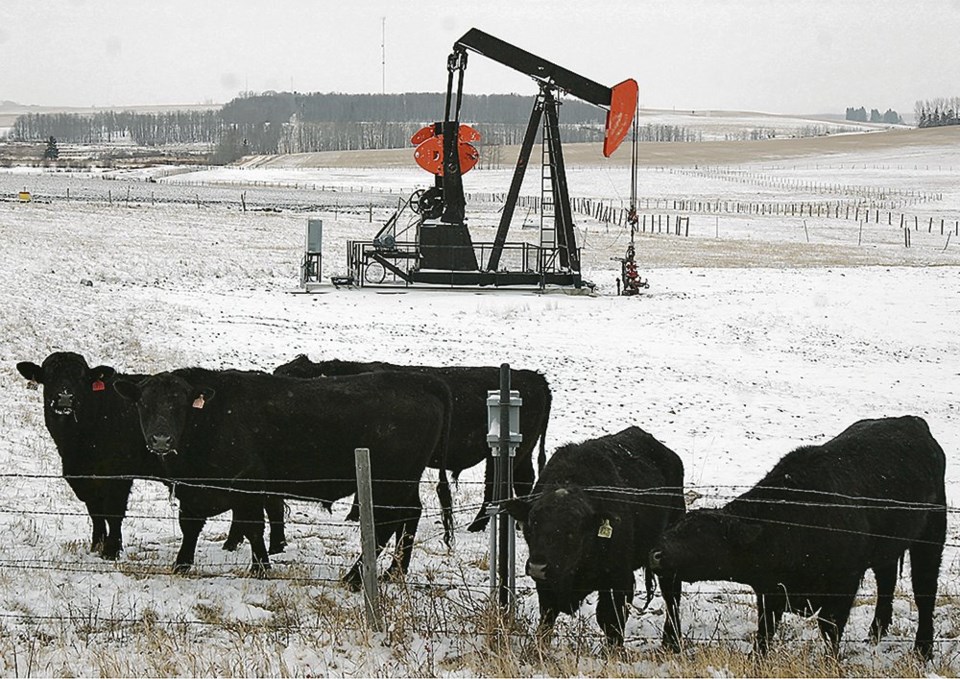WESTERN PRODUCER — The Parliamentary Budget Office estimates the cost of cleaning up abandoned oil and gas wells in Alberta and Saskatchewan will continue to swell in coming years.
However, it still underestimates the scope of the problem, said an advocate for well clean-up efforts.
In his report, Yves Giroux, federal parliamentary budget officer, estimates that the $360 million environmental liability for cleaning up orphan and inactive wells will grow to more than $1 billion by 2025.
The federal government announced $1.7 billion in funding to clean up orphan wells with the Alberta government receiving the lion’s share of $1 billion with the provincial Orphan Well Association (OWA) receiving an additional $200 million repayable loan.
In Alberta, wells become orphan if the owner becomes insolvent. Clean-up costs are then transferred to the province’s industry-funded OWA.
The federal report highlights that the number of inactive wells in Alberta alone has risen from 700 to 8,600 in the last decade.
Regan Boychuk, co-founder of the Alberta Liabilities Disclosure Project (ALDP), called the report little more than an industry-friendly whitewash of the situation.
Boychuk said his initial communications between ALDP and the PBO on the issue was constructive.
“They were quite interested in ALDP’s work. They are the only people who looked into the methodology seriously, dug into it, asked all sorts of good questions,” he said. “And then to see what they produced; it’s insulting.”
Boychuk said the PBO report doesn’t take into account the massive scale of the issue citing a lack of available information.
Boychuk said Alberta Energy Regulator redesigned its liability risk system regarding oil and gas wells but didn’t release it until the federal government came to the table with its industry aid to stimulate a cleanup of wells as part of its COVID relief package.
That system determines if a company has enough assets to cover environmental clean-up costs of wells.
According to Boychuk, Alberta’s new liability rating system has obscured the issue.
“The old system would have resulted in 12,000 orphans last year, the new system is only going to result in 10,000 orphans in Alberta and Saskatchewan over the next three years,” said Boychuk. “That’s how bad the new system is — it’s going to create tens of thousands of less orphans and the reason that’s important is because industry has to pay for it. That’s why they don’t want there to be many orphans.”
The PBO report also notes that nearly half of federal funds allocated for well remediation have been given to financially viable companies.
“Therefore, there is an outstanding risk in the medium-term that the unfunded liability could persist if the remaining funding is not allocated to firms with an acute financial risk,” according to the report.
Boychuk said that’s a problem of the government’s own making because there were no strings attached to the funding.
“When it was clear it was 小蓝视频 misused and it wasn’t 小蓝视频 used for the maximum jobs or maximum cleanup, the feds refused to tighten things up, attach any strings, have any accountability or oversight,” he said. “I think the general gist of the report to be that (the feds) have done more than our share. We saved a billion-dollar problem, the rest is your problem.”
That’s backed up by the report’s conclusion that the federal government has provided enough funds to deal with the well clean-up issue.
“At face value, the $1.7 billion allocated by the federal government through the COVID-19 Economic Response should be sufficient to cover the estimated clean-up of inactive oil and gas wells in the medium term,” according to the report.
However, it also notes a growing deficit in Alberta for clean-up costs with a $178 million estimated shortfall and Saskatchewan having a $90 million surplus.




